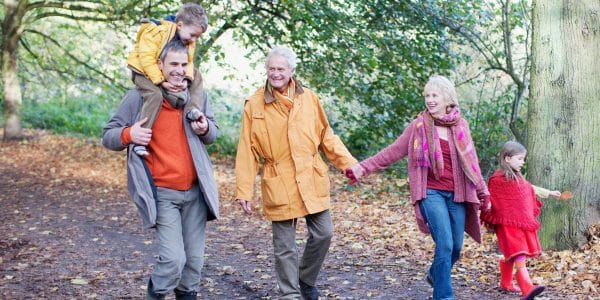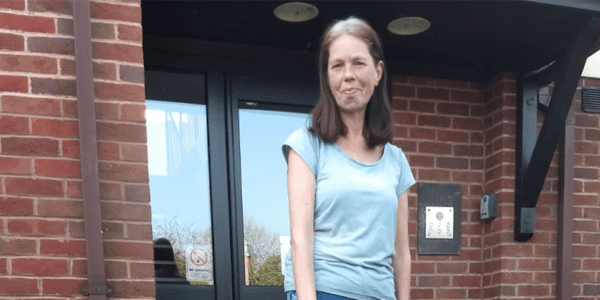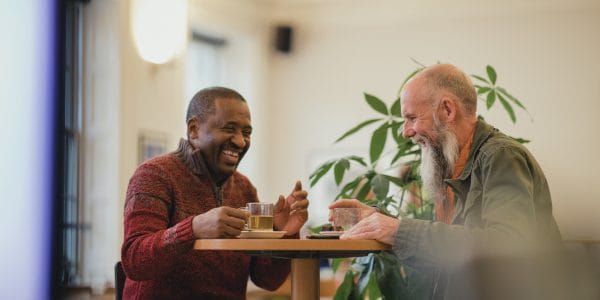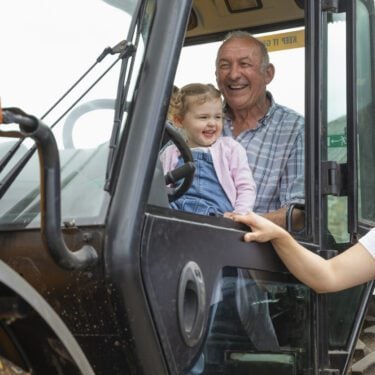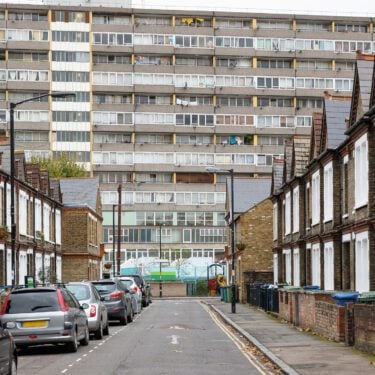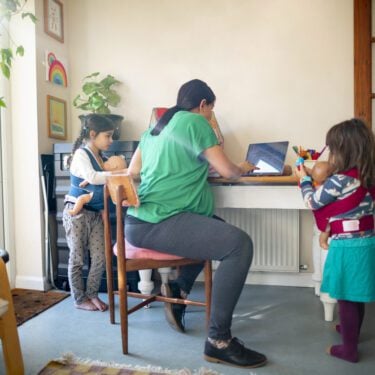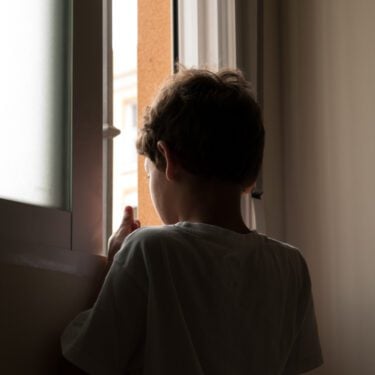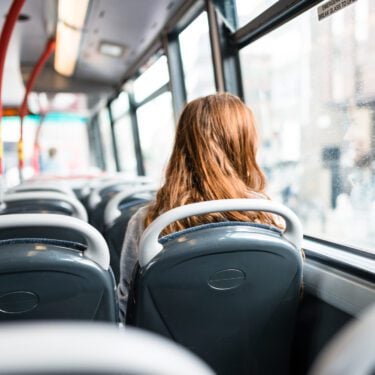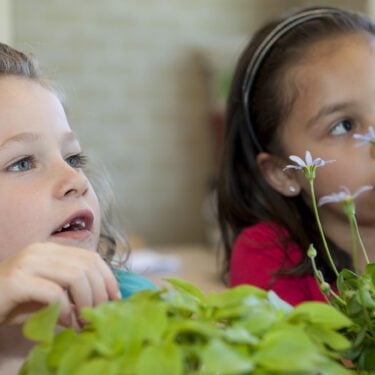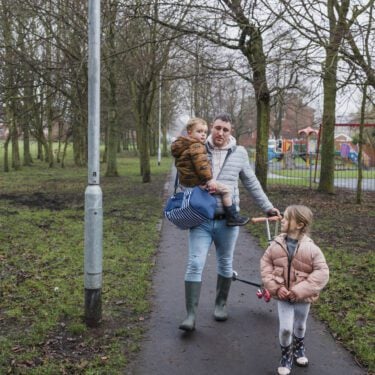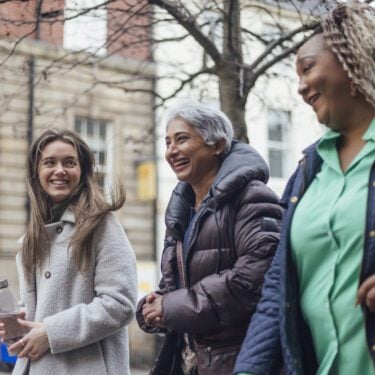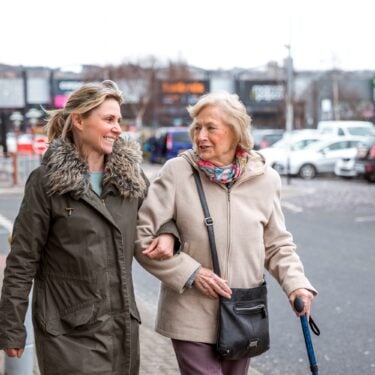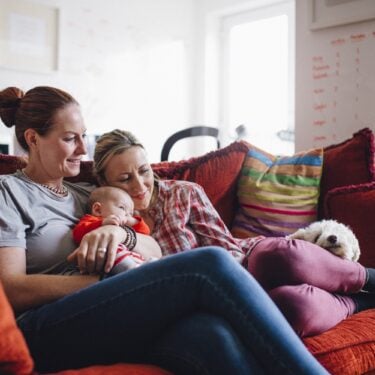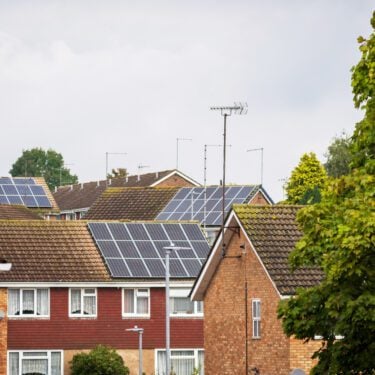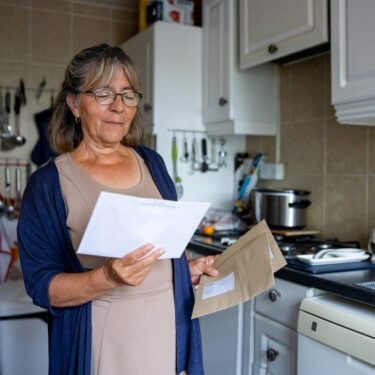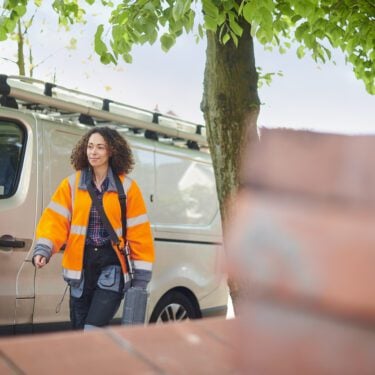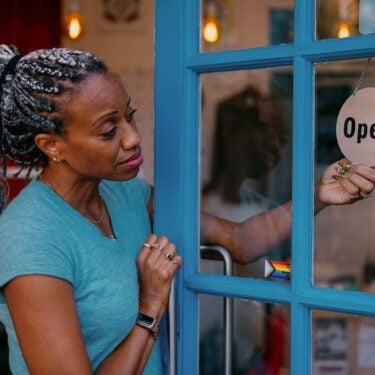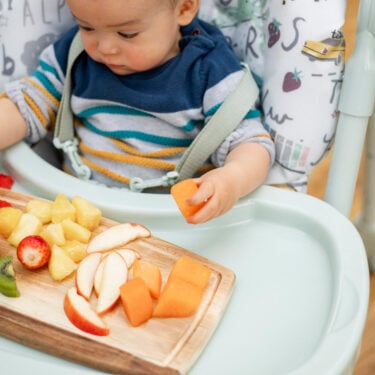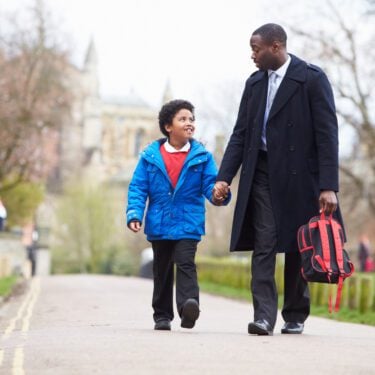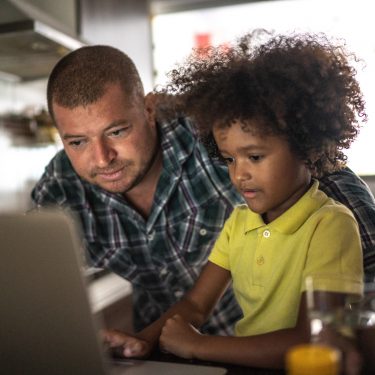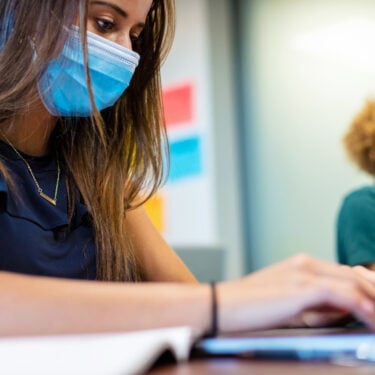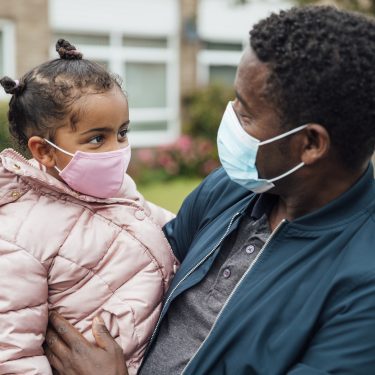The £71.5 billion worth of crisis income support this year, delivered via the job retention scheme, self-employment income support scheme and boost to universal credit, has been evenly shared across generations, with workers in their early 30s and late 40s receiving the most support of all, according to new Nuffield-funded research by the Resolution Foundation.
The report All together now? considers how different age groups have been affected during the crisis so far, how emergency income support has been distributed across generations, and how this might change as Britain moves into the next phase of the crisis.
The report finds that the three main income support schemes have been concentrated on different age groups, reflecting both the demographics of the workforce, and the sectors hardest hit by the crisis.
Those in their early 20s are most likely to have been furloughed, with a fifth of all employees on the job retention scheme under the age of 25. This is because young people are most likely to work in hard-hit sectors like hospitality and retail.
Job rentention scheme spending has been more evenly distributed across different age groups however, as younger workers tend to earn less. Job retention scheme spend per employee is highest for those aged 47, where the average cost is £1,400 per month.
In contrast, older workers are the most likely to have received support via the self-employment income support scheme, reflecting the older age profile of the self-employed workforce. Around 680,000 workers aged 45-54 made a claim, with payments totalling almost £2bn, compared to just over 600,000 claims across all workers aged 35 and under totalling just £1.6bn.
Looking at those receiving the temporary boost to universal credit and working tax credits, along with the permanent increase in the local housing allowance, the report shows that those in their early 30s have benefitted most. Over a million people in this age cohort, who are most likely to be working parents with young children, have received extra support.
Taking the three schemes together, the Resolution Foundation notes that support has been evenly spread across those aged 25 to 55. Those in their early 30s and late 40s have received the most support overall – at £10.2 billion for each age cohort.
The Resolution Foundation says that the equal distribution of support across generations may have come about by accident rather than design, but it is no less welcome for reflecting the different characteristics and challenges facing particular cohorts of workers.
However, the jo retention scheme is due to end after October, and the temporary boost to universal credit and working tax credits ending after March. The Resolution Foundation warns that this cross-generational support could come to an end – with young people at highest risk of unemployment, and families with young children set for large income falls in the next phase of the crisis.
It says that with unemployment likely to start rising later this year, and remain elevated well into next year, the government should extend the £20 a week boost to universal credit and working tax credit beyond the current financial year.
Not doing so would risk six million households seeing their universal credit and tax credit award falling by over £1,000 from next April – at a time when unemployment is forecast by the Office for Budget Responsibility to be at its highest level in a generation.
Karl Handscomb, Senior Economist at the Resolution Foundation, said:
“Faced with an unprecedented shock to the economy, the Chancellor rightly chose to protect incomes, with over £70 billion of support reaching across the working age population.
“Young workers have been helped most from the furloughing scheme, young families have been supported by the boost to universal credit, and older-workers are the biggest winners from self-employment income support.
“However, while this support is welcome, the vast majority of it is only temporary. The Chancellor should use his upcoming Budget to extend the temporary benefits boost so that millions of families don’t suffer a fresh income shock next April at a time when unemployment is still likely to be high.”
As this research shows, the incomes of people across the working age population have been supported by government measures during the COVID-19 pandemic. However, the research also exposes how, as these supports are removed, people might be at risk of further reductions in their income, particularly young people and families with young children. To minimise these risks in the weeks and months to come, the government should be actively considering a variety of measures to support employment and incomes, such as sector specific support, training and job creation and additional supports to those who are or become unemployed.”Alex Beer, Welfare Programme Head at the Nuffield Foundation

